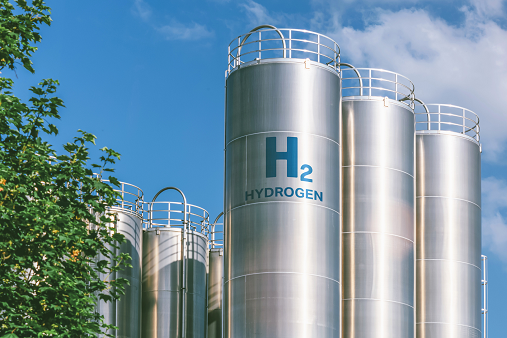President Donald Trump’s executive order in April 2017 entitled “Buy American and Hire American” is leading to proposed regulatory changes by the Department of Homeland Security (DHS), which will affect U.S. employers intending to hire and sponsor qualified foreign nationals in specialty occupations for the H-1B visa.
The H-1B cap is an annual limit on the available visas in this category, based on the regular cap of 65,000 and the 20,000 U.S. advanced-degree cap exemption, which in effect provides a total of 85,000 visas available for qualified candidates and employers for the fiscal year. The proposed changes will involve employees who may be currently subject to these caps, with a few exceptions for nonprofits related to institutions of higher education.
Given these expected changes may occur with little advance notice, planning by human resource and legal departments at U.S. companies is key to maintaining lawful global talent in the U.S. Employers should consider beginning this process as soon as possible to sponsor talented employees and not wait until mid-March. Petitions are normally filed within the first five days of April for an Oct. 1 start day that coincides with the start of the federal government’s fiscal year.
The regulatory anticipated changes by DHS are reported as:
- Requiring H-1B candidates to preregister for the H-1B cap lottery
- Revision to the definition of “specialty occupation,” employment and employer-employee relationships, which is expected to affect the consulting industry
- Termination of the H-4 dependent employment authorization eligibility
- STEM Optional Practical Training (OPT) for F-1 students may be eliminated, restricted or further limited by October 2018
Employees on nonimmigrant visas that may be affected by these visa caps and proposed changes include:
- F-1 student visa holders currently on OPT, whether regular or the STEM OPT extension
- J-1 academic interns or trainees
- TN NAFTA professionals from Canada or Mexico
- E-3 specialty occupation professionals from Australia
- L-1 intracompany transferees who are currently starting the green card or permanent residency process
- E visa employees who are beginning the green card or permanent residency process
Once an employer has identified these employees, the next step is to start gathering information related to the company, the position, the salary and the individual. Best practice is for these documents and information to be evaluated in advance by counsel to determine legal eligibility. In addition, it takes time to prepare an I-129/H-1B petition and gather the credible documents and information from the employer and the foreign national employee to evidence eligibility.
To obtain more information, please contact the Barnes & Thornburg Labor & Employment attorney with whom you work, or Mariana Richmond at 317-231-7476 or marianna.richmond@btlaw.com; Mercedes Badia-Tavas at 312-214-8313 or mbadiatavas@btlaw.com; Jeff Papa at 317-231-7507 or jeff.papa@btlaw.com.
Visit us online at www.btlaw.com or on Twitter @BTLawLE, and don’t forget to bookmark our blogs at www.btlaborrelations.com and www.btcurrents.com.
© 2018 Barnes & Thornburg LLP. All Rights Reserved. This page, and all information on it, is proprietary and the property of Barnes & Thornburg LLP. It may not be reproduced, in any form, without the express written consent of Barnes & Thornburg LLP.
This Barnes & Thornburg LLP publication should not be construed as legal advice or legal opinion on any specific facts or circumstances. The contents are intended for general informational purposes only, and you are urged to consult your own lawyer on any specific legal questions you may have concerning your situation.
Visit us online at www.btlaw.com and follow us on Twitter @BTLawNews.














